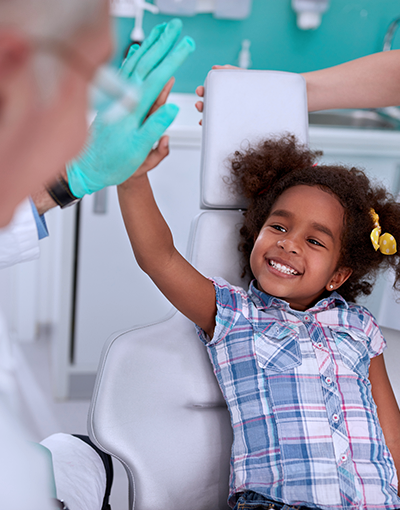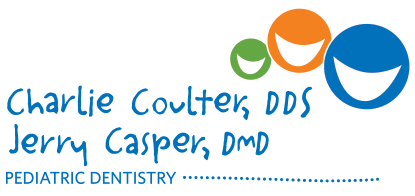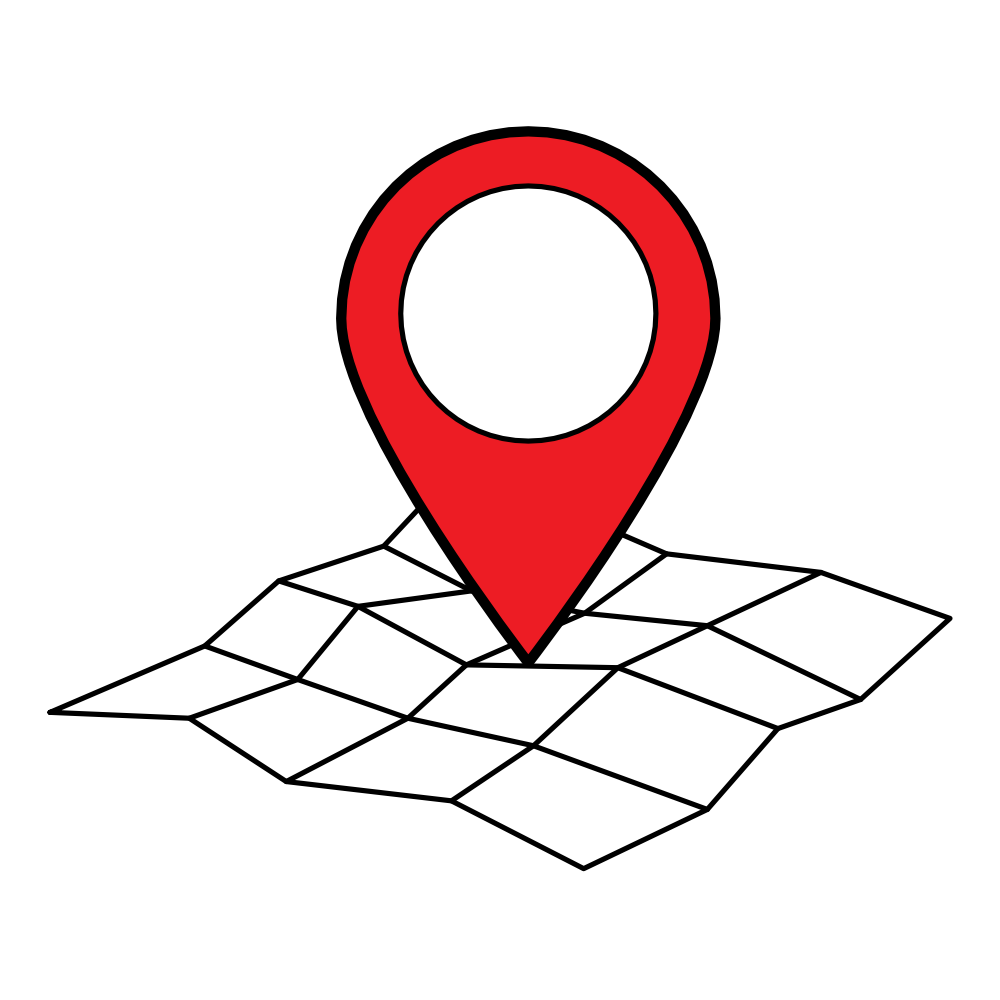
At Coulter & Casper Pediatric Dentistry, we take your child’s dental health very seriously, and we work to preserve their smile in every way. In the event a tooth is badly damaged and can’t be repaired with traditional methods, your child’s dentist may recommend having the tooth pulled or extracted.
Why Are Tooth Extractions Necessary?
Reasons for Tooth Extractions in Kids
It is our goal to preserve your child’s tooth in any way possible, but sometimes a tooth extraction is necessary to preserve your child’s dental health. A tooth extraction is typically recommended when there is a deep infection, or abscess, present that cannot be mended through other procedures due to the amount of decay. Extractions are performed to remove a decayed tooth, but also for a wide variety of reasons, such as periodontal disease, dental trauma or orthodontic needs like overcrowding.
About the Procedure
A dental extraction is the removal of teeth from the socket in the alveolar bone. Utilizing a local anesthesia, your child’s dentist will numb the area where the extraction will take place, so the procedure will be pain-free. Our dentists may also use laughing gas to ensure your child is comfortable and stress-free for the procedure. Your child’s dentist will then remove the tooth with forceps as gently as possible, then finish up by providing you with post-operative instructions.
After Procedure Care for Children’s Tooth Extractions
Once you get your child home, keep them comfortable and keep positive pressure at the extraction site. Following an extraction, it is most important to stop the bleeding, and positive pressure is the most effective recommendation. Have your child bite down tightly on a piece of gauze for 15 to 30 minutes. Even with positive pressure, the extraction site may still bleed for several hours, so do not be alarmed if it stops then starts again. Continued positive pressure will help curb the bleeding. If your child is too young to bite down tight enough or long enough to stop the bleeding, hold the gauze tightly against the extraction site with your finger for the same amount of time.
Slight discomfort is normal following an extraction procedure. Unless your child bites their tongue or cheek while numb, the discomfort and pain should keep to a minimum. To help alleviate pain and discomfort, our dentists recommend an appropriate dose of children’s Tylenol or Motrin instead of aspirin. If the pain is severe and does not subside, please call our office for guidance.
On the first day, avoid drinking from straws and any sucking action. Also, avoid crunchy foods (peanuts, pretzels, potato chips, etc.) for the first day or two. We encourage warm, saltwater rinses, 3 to 4 times a day, to commence healing on the first day after the extraction.
Tooth Extractions FAQs
How Long is the Recovery Period?
It may take your child a few days to fully recover from a tooth extraction. It is important to relax and be careful following a tooth extraction, due to the vulnerability of the extraction site. Use a warm, saltwater rinse to promote healing for the first 24 hours and continue to eat soft foods for a few days. Once the site has had time to heal, your child will be able to slowly reintroduce other foods back into their diet and start getting back to their normal routine. If the pain and swelling does not subside 24 hours after the procedure, please contact our office.
How Can I Reduce Swelling After a Tooth Extraction Procedure?
To reduce swelling, apply an ice pack to your child’s cheek directly after the procedure. Only use the ice pack for 10 minutes at a time. Please contact your child’s dentist if the swelling does not subside within 24 hours.
What Can My Child Eat Following a Tooth Extraction Procedure?
Our dentists recommend a soft diet following a tooth extraction. Foods such as yogurt, mashed vegetables, lukewarm soup, and pudding are all great foods to eat while recovering. Your child will need to keep to soft foods for a few days following the procedure but can start reintroducing foods 3 to 4 days after the procedure.

 Get directions to our office!
Get directions to our office!